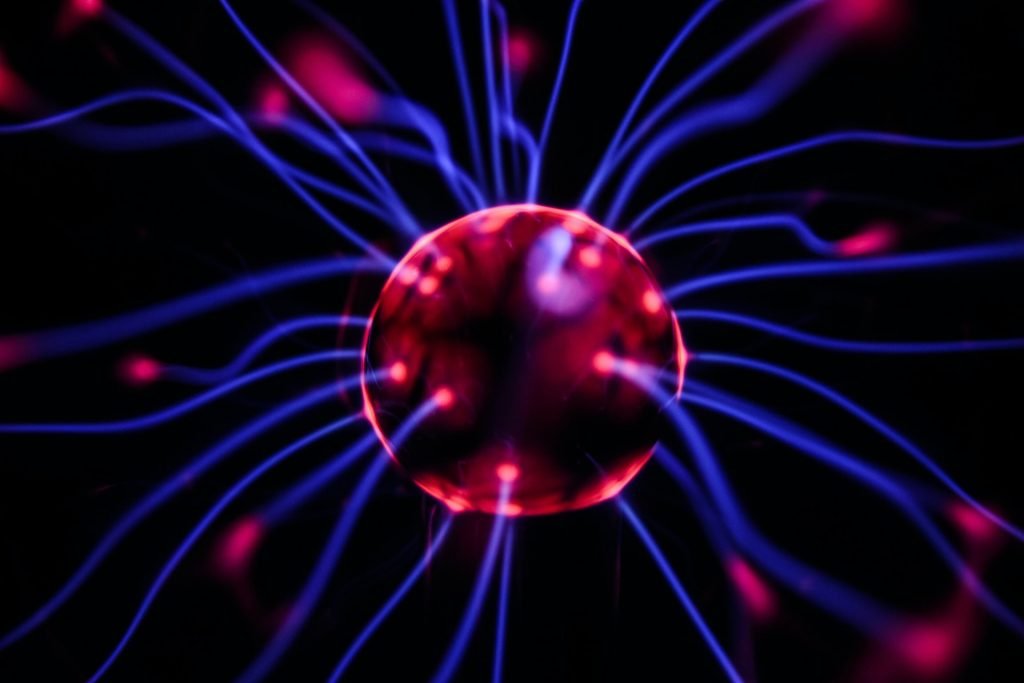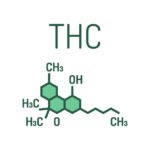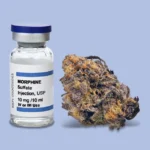What Are the Effects of Cannabis on Your Body? Leave a comment
Cannabis, or marijuana has been increasingly entering the mainstream, with many countries worldwide using it for medicinal purposes.
But what about if you want to smoke it for recreational purposes, what are the effects of cannabis then? What are the effects of using cannabis edibles, and do they differ?
As the legalisation of cannabis is slowly making its way around the globe, more and more products are being put on the market, from cannabis-infused food and drinks, marijuana cocktails, edible cannabis gummies, and it is even being used in skincare.
Whilst cannabis has been shown to have some medicinal purposes, it can also have some negative side effects for some people. How you react to smoking, eating, or drinking cannabis-infused products can give you an entirely different reaction to someone else. It is always best to start slow, listen to your body and stop if you feel any negative side effects.
What gives you that ‘high’ feeling?
Tetrahydrocannabinol, or THC is the main psychoactive compound in cannabis that gives you that typical high feeling that is so well-known. Another compound you might have heard of is cannabidiol, or CBD. This is the non-psychoactive element and is what is usually used in medicinal products of cannabis.
It has been shown that both THC and CBD may have medicinal benefits but more research on the matter needs to be completed. As well as THC and CBD, there are over 100 other cannabinoids in cannabis. So far, research is fairly limited on these cannabinoids and their potential effects.
THC, the psychoactive element of cannabis, stimulates your brain, particularly the part that effects your pleasure receptors. The chemical dopamine is released, which gives you that high, elated feeling.
How do the effects of cannabis differ from smoking vs edibles?
When you smoke or vape cannabis, the psychoactive effects can happen within minutes and you may start feeling the effects straight away. Typically, after 30 minutes is when the THC levels are at their highest, and the full effects may take 1 to 3 hours to wear off.
Comparatively, when eating your cannabis, it takes longer to digest. Edibles generally take around 30 to 60 minutes to take effect, but some say that the high you get is stronger. The high from eating cannabis edibles can last from 6 to 8 hours, considerably longer than smoking.
Edibles which you chew, such as gummies or brownies need to be digested first, before entering the bloodstream. The liver will metabolise the active cannabis in the edible, and then release it back into the bloodstream. Only then will it slowly reach your brain, where you will feel the full effects.
For things like gum, lozenges, and cannabis edibles you do not consume, the active ingredients are absorbed more rapidly, through the membranes in the mouth. This process is called sublingual absorption and the result is faster effects of the cannabis edible.
To be safe, do not take to many edibles at one time, especially if you do not feel any effects straight away. Always wait around 24 hours before having more edibles, as there could be a delay in the symptoms or effects from what you have eaten.
What are some other effects of cannabis?
As well as giving you a high, cannabis can have many other effects on both the mind and body, including some negative effects.
Mental Health
Using cannabis can affect some people’s mental health, making them feel anxious, worried, depressed, paranoid, or even start to hallucinate and start to feel confused about what is real and what is not. You may be more likely to get depression, and for those who already suffer from depression or anxiety, it can make your symptoms worse.
Cannabis effects your circulatory system
When using cannabis, your heart is put under more pressure, and your heart rate could increase by 20 to 50 beats per minute. This fast heart rate can continue for 3 hours for some people. For those who already have a heart problem, the chance of a heart attack is increased when using cannabis.
As the THC enters your bloodstream, the vessels in your eyes can start to expand, and fill will more blood, giving that appearance of bloodshot eyes.
Impaired judgements
As with most intoxicating substances, such as alcohol, cannabis will alter the way you think and view things. You may find yourself making decisions you would not make if you were sober, for example you may take risky judgments or take chances.
You will also lose a sense of time, as well as your senses being heightened. Things may appear more colourful, or noises might seem louder than they actually are. Using cannabis can lower your inhibitions, much like alcohol does.
Effects on the brain

Using cannabis regularly, particularly in your teenage years can have an adverse effect on your brain. Some studies of teenagers use with cannabis could affect, or even physically change their brains, particularly the part of the brain linked with learning, memory and being alert.
You may also notice some short-term effects of cannabis like finding it harder to learn, focus and remember things. These effects may last 24 hours after use.
Central nervous system
Cannabis effects the entire central nervous system, which can have both positive and negative side effects. It can help to treat seizures in some patients, such as those suffering from epilepsy, which is why many clinics across Australia are starting to use medicinal cannabis for prescriptions.
However, as dopamine is released throughout the central nervous system, this same chemical that gives that high feeling can become addictive. In fact, around 30% of people may get addicted to using cannabis. Unpleasant side effects such as irritability, loss of appetite and not being able to sleep, may occur. The risk of getting addicted to cannabis can increase if using it in great amounts, and the younger you were when you started using it.
Pregnant women should also avoid using cannabis, as it may affect the development of the baby’s memory, problem solving and concentration. It could also mean your baby is born with a lower birth rate. More studies in this area need to be carried out, however.
Medical treatments
Some positive side effects of cannabis have been studied, and many practitioners in the country can now prescribe medicinal cannabis to their patients. Generally, it is only the CBD element of cannabis that is used for medicinal properties, so patients can get the benefits without getting high.
Medical cannabis can help with long-term chronic pain (non-cancerous), seizures, inflammation, anxiety, muscle spasms, nausea and vomiting from chemotherapy treatments, and insomnia.
It can give you ‘the munchies’

When consuming THC, many users feel an increased appetite, commonly named as ‘the munchies’. It has been suggested that this may be able to help people trying to gain weight, such as those who have lost a significant amount of weight from a chemotherapy treatment.
For those worried about gaining weight, studies have suggested there is no more risk of getting diabetes when using cannabis. Although you may want to monitor how much you are eating, and make sure it falls within a healthy range.
Cannabis might affect your respiratory system
The effects of cannabis on your lungs, may be similar to that of a regular smoker. Whilst there is no conclusive evidence that cannabis can cause lung cancer, you could see some negative side effects. The research for how cannabis effects lungs is somewhat limited and more needs to be done to really understand the effects.
If you smoke cannabis on a regular basis, you may notice yourself coughing or wheezing more, or coughing up phlegm. Some people’s immune system may be affected, and so might be at an increased risk of lung infections and other illnesses. For those who already have a problem with their lungs, the symptoms will be made worse.
Please note: We do not have any medical background at Cannabis Growing Australia, so if you have any questions, or are worried about your health, please do go to a relevant medical practitioner.
For more stories and updates on all thing’s cannabis related, then check out our cannabis news page.







